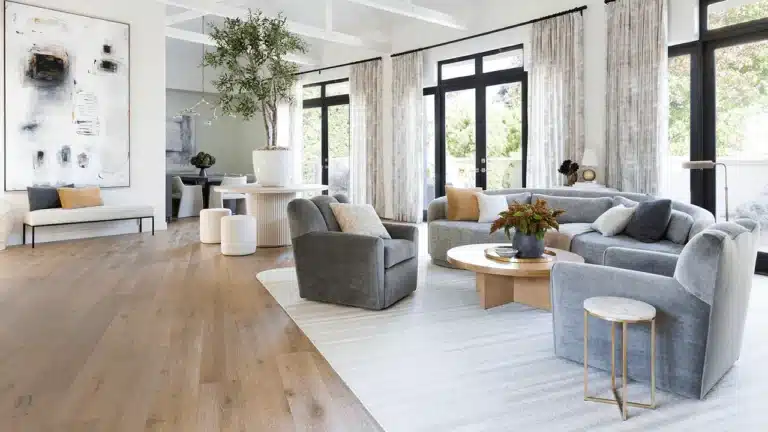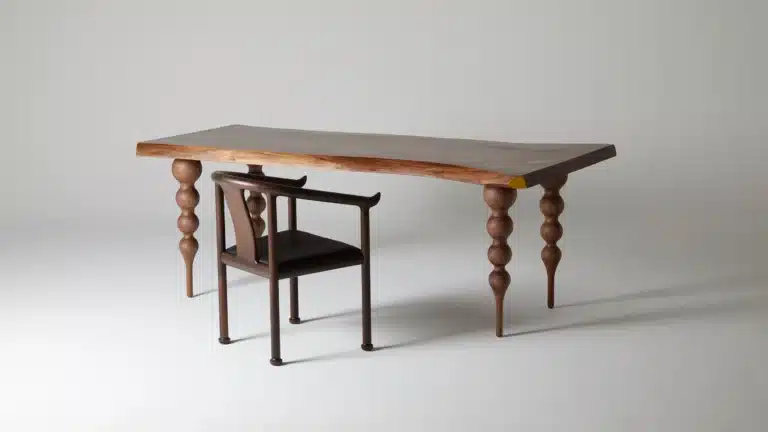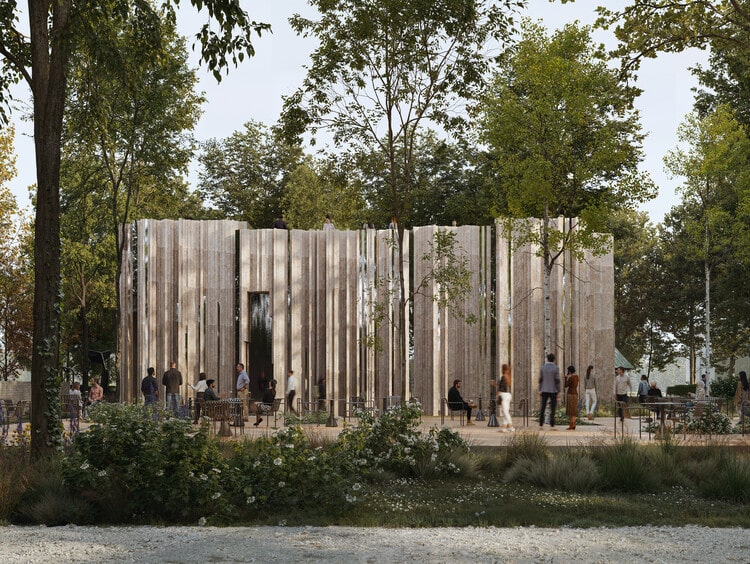Established by two young architects, Emanuele Longo and Paola Frascerra, évoque lab is a modern design and digital communication studio that incorporates an architectural influence. Their partners include acclaimed brands such as IKEA, Rinascente, and Andrew Trotter. Through their designs, évoque lab strives to access “alternative” spaces that maintain the domestic nature of architecture. Their work appeals to an audience with an appreciation for visual culture and the traditions of Italian design and architecture.
They seek to help brands effectively convey their message through culture-driven imagery. Recently, the founders of évoque lab introduced a new venture called “Bold House,” a modernized dwelling that considers the present while envisioning a future of endless possibilities. Drawing from the principles of LEGO culture, this house symbolizes the concept of modularity as it applies to the entire domestic environment. It provides user-friendly solutions that adapt to the needs and preferences of its inhabitants. We spoke with Emanuele Longo, co-founder of évoque lab, to gain further insight about the studio and their projects, as well as to receive more details regarding Bold House.
What role do you play in addressing the communication requirements of businesses? Where do you actively participate, and what outcomes do you achieve?
At Voque Lab, we believe that successful communication of a product is essential for its success. We see examples of products that are thoughtfully designed, yet their communication tactics are not as effective. To provide guidance in this area, we specialize in crafting visual communication strategies to maximize the influence of an image, connecting with customers or key stakeholders. Inspired by Bruno Munari’s imagination in “Fantasia,” we use our creativity to accurately illustrate a brand’s goal, as well as impartially highlight its core components. Collaborating closely with our clients, we incorporate the brief’s details to its intended audience before transitioning to the creative direction phase. Our talents in architecture, design, and visual composition, combined with our advanced technological skills, allow us to deliver imagery that’s both visually stunning and impactful.
Delving into a pressing and noteworthy topic, such as the rise of AI in image creation, what distinguishes the services offered by a studio like yours from this technology?
AI is transforming our world in major ways, and it is essential to understand the differences between the roles human creativity and AI can play in this process. The creative brief from a human being provides both a starting point and parameters for the project. They have a special lifeline of experiences, cultural and personal background that influences the ideas they create. AI, however, is prompted for data and pulls information from all over the internet which is untested, uncurated, and lacking an artistic perspective. To make an effective project, AI needs to be combined with human intelligence which can recognize connections, and combine new trendsetting info with the knowledge of times past. This hybridity brings together a solution that meets project objectives.
Some of your prominent clients include names like IKEA, Rinascente, and Wallpaper*. What specific requirements led them to seek your services, and how did you address them?
We understand that each of our clients has their own individual goals and targets, however, all projects share the same objective of bringing their innovative concepts to life in a professional way. Our work stands out because it fuses together the modern visual culture and standard European architectural and design conventions. We aim to create distinct images that carry strong architectural influence.
Looking at it from the end-users’ perspective, what advantages does exploring products and environments in digital formats offer?
A thought occurs to us – why go to the moon, when you can create an image set of it without ever being there? Working in 3D, there are lots of benefits to this for businesses. It’s possible to have intricate details depicted in their vision, helping them stand out from the competition. Additionally, through exploring digital products, it allows a total involvement in the concept, from a simulation to a prototype, and on to the presentation. This approach allows the organization to comprehend their plan in detail, as well as affecting stakeholders resulting in investment and leading to significant decision making.
Your most recent work, Bold House, introduces a concept of a home with adaptable interiors, reflecting a prevailing trend in the furniture industry. What motivated you to embark on such a project?
Our project, entitled ‘Bold House’, is rooted in the idea of designing an adaptable living space that functions according to real-life activities. Drawing inspiration from Joe Colombo’s pioneering research, our take is to concoct a communal shelter that values each area equally. Made up of multi-purpose furniture, such as swiveling sections, wheel-mounted elements and stackable layers, these pieces become the driving force of the living area, allowing those in residence to change and develop the abode as they please.
On a broader scale, what do you consider the current trends in residential environments? What elements are undergoing changes, and which ones remain steadfast?
The current COVID-19 pandemic has had a noticeable impact on how people experience home life. Homes began to accommodate many needs during lockdown, such as home offices and spaces for relaxation, showing the growing importance of well-being within the home. Asthetically, there is a greater attraction to carefully designed, aesthetically pleasing interiors. To meet occupants’ psychophysically needs, they are looking for environments that can enhance their quality of life and, if possible, be close to nature. Despite these new conditions, the fundamental needs for comfort, flexibility in the space, and an appealing aesthetic remain unchallenged and fundamental to expressing an individual’s identity, status, personality, and style.
Finally, find out more on ArchUp:
https://archup.net/event/construct-canada/
Willem Zwiers presents Transformed Remnants – marbled furniture













